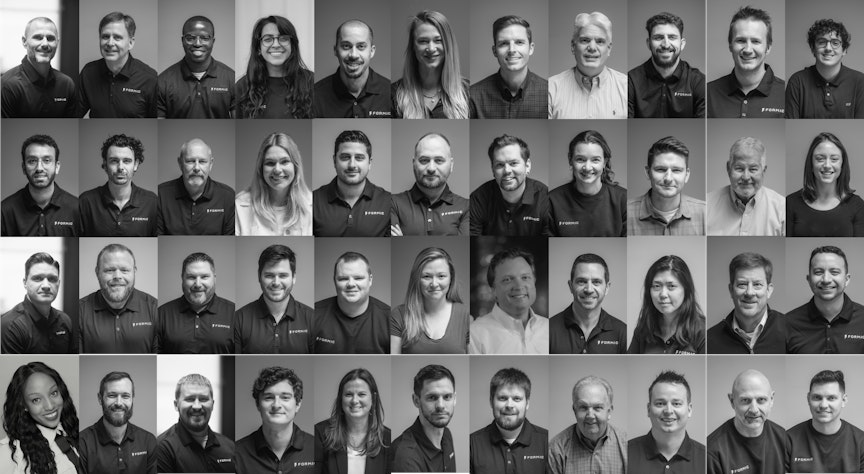Misa Ilkhechi, the Co-Founder and VP of Sales answers some big questions about him and his story with Formic.
In your own words, what is Formic to you?
Formic is the first automation solution that guarantees system uptime while lowering the barrier to entry for manufacturers with its flexible pay as you go model. The flexibility and uptime guarantee eliminates the risk completely for manufacturers who have been on the fence and have been looking to automate for years.
How did you come into the robotics industry? This idea?
The idea of eliminating monotonous tasks and freeing up people to use their creativity is something that inspires me. I have been a tinkerer since I was a kid and I always tried to look for better and more efficient ways to do things. I went to school for engineering and quickly developed a taste for automation. I saw the inefficiencies that exist in deploying automation and wanted to create a more accessible way for people to adopt it.
What made you start Formic?
After walking thousands of manufacturing facilities and talking to manufacturers, I understood that the reason more manufacturers aren't adopting automation really comes down to risk, internal expertise, the complexity of navigating all existing technologies and upfront cost. I wanted to create a transparent performance based system that lowers the barrier to entry and help them adopt automation without bearing any of the risk.
What do you see happening in the industry right now and what do you hope to see in the future?
Automation adoption is really slow. It takes 3-6 months to evaluate automation projects and another 1-2 years to justify the expenditure. We want to reduce that timeline by 90% by reducing the complexity and the financial risk. Automation at scale will bring a new wave of innovation.
What are the current shortfalls of U.S. manufacturing?
Supply chain, labor shortage and underutilized manufacturing equipment.
Where is U.S. manufacturing going?
We are at a very critical stage. 80% of manufacturers in the United States are small to medium-sized manufacturers that need to automate today to stay competitive.
What is the most difficult challenge Formic faces in your opinion?
Name recognition has a huge impact in customer acquisition. Manufacturers tend to work with brands they know and have been working with for years. Introducing any new concept or product to factory lines has a direct impact on the output of the factories and they would want to vet out 100% before moving forward. With more traction and case studies, we will quickly resolve the name recognition issue.
Where do you see Formic in 2 years and in 10 years?
In 2 years, we want to be the most comprehensive automation solution provider with robots deployed in a variety of industries and applications. In 10 years, we would become the largest technology platform for the manufacturing industry.
Any foundational goals you hope to see Formic accomplish?
We want to democratize access to automation and make it cheaper and more accessible than ever before.
Misa Ilkhechi


